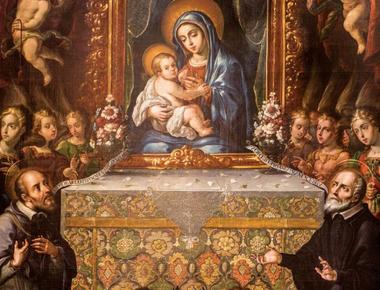
One of the great challenges in Newman scholarship today has to do with making Newman's work more applicable for members of the younger generations, many of whom have never been exposed to his thought and writings.
One of the great challenges in Newman scholarship today has to do with making Newman's work more applicable for members of the younger generations, many of whom have never been exposed to his thought and writings.
It's easy to read this account from Scripture and to cast aspersions on Esau. "How could he have been so foolish?" we wonder. "I'd never act that rashly," we tell ourselves. Yet how often in our own lives do we make a similar, yet graver mistake by squandering the gifts of God—in our case, the graces that we receive through the sacraments—in exchange for some lesser good?
For Newman, the disciplines of Lent—in this case, fasting—are a way for the Christian to participate mystically in the life of Christ. By intensifying our self-denial for these forty days of Lent, we come to know, in part, what Christ experienced in full measure:
In reading Newman's letters and diaries, it's clear that he knew of divine mercy not as an abstract theological idea, but at a deeply personal level as a core part of his spiritual journey. Because he himself had experienced the grace of God in many profound ways, Newman was eager to encourage others to cast themselves before the mercy seat.
There is something stirring about seeing two greats from different generations together in the same place. In the world of sports, for instance, some memorable photo-ops have come about this way—say, with a young Lebron James standing next to Bill Russell or with Derek Jeter warming up on the same baseball diamond as Cal Ripken Jr.
As news is now reaching us that the Vatican has reportedly approved a second miracle toward the canonization of John Henry Newman, it's worth reflecting on the process that brought us to this point.
QUICK LINKS




